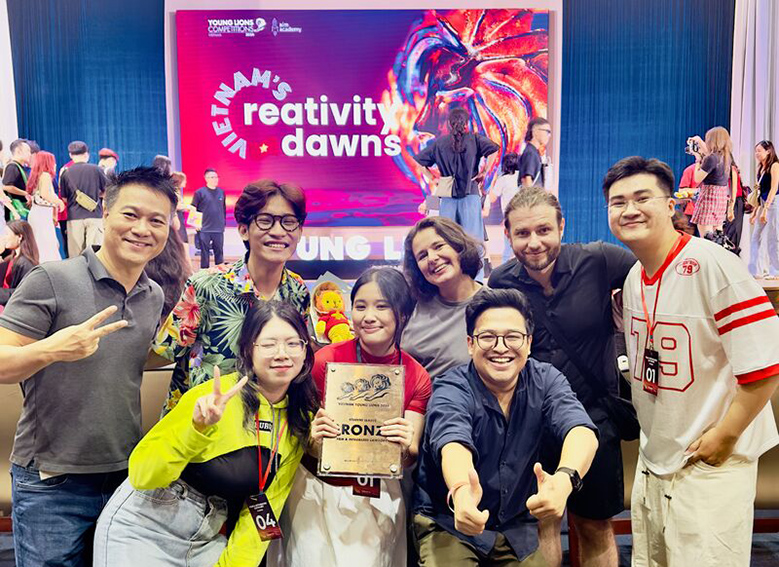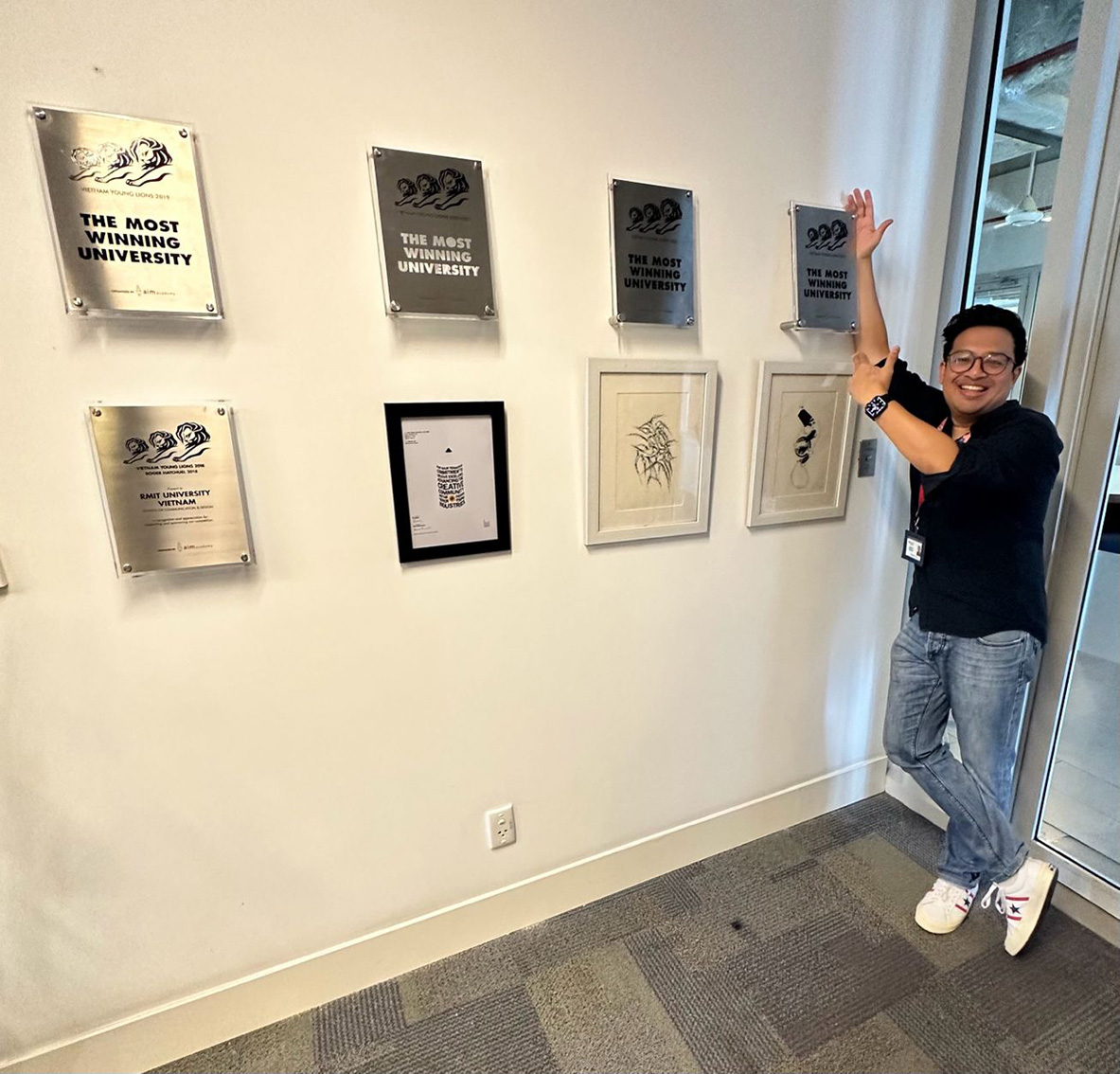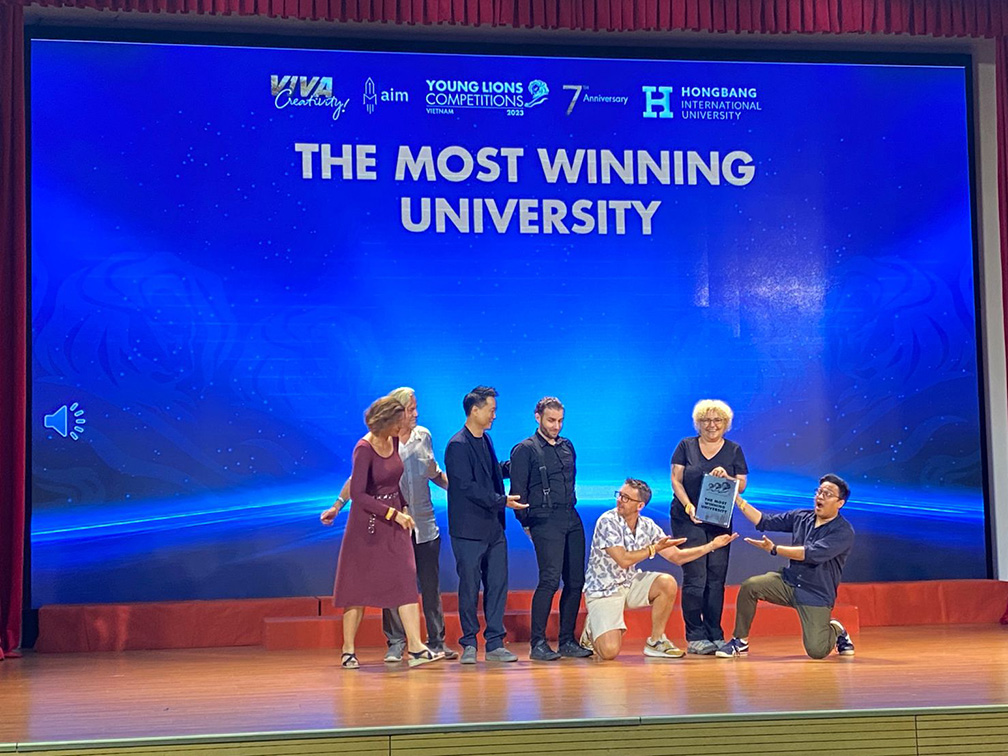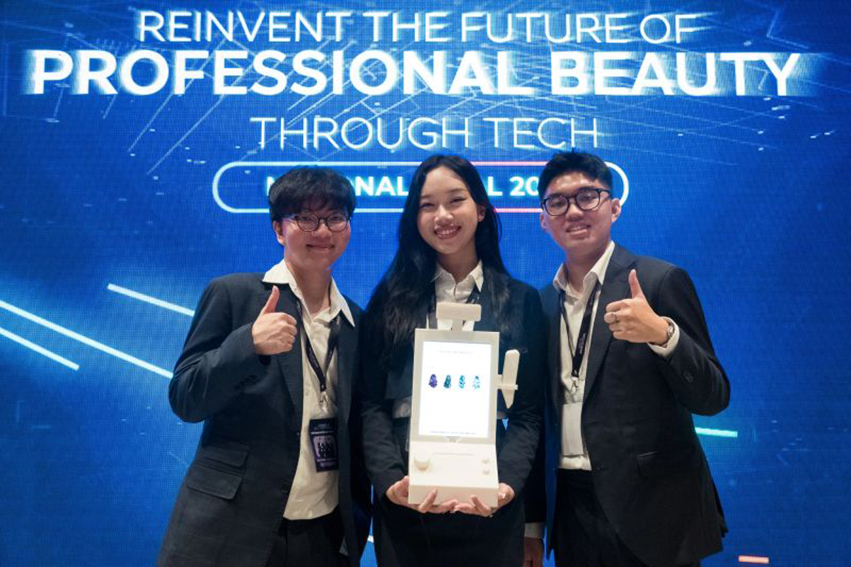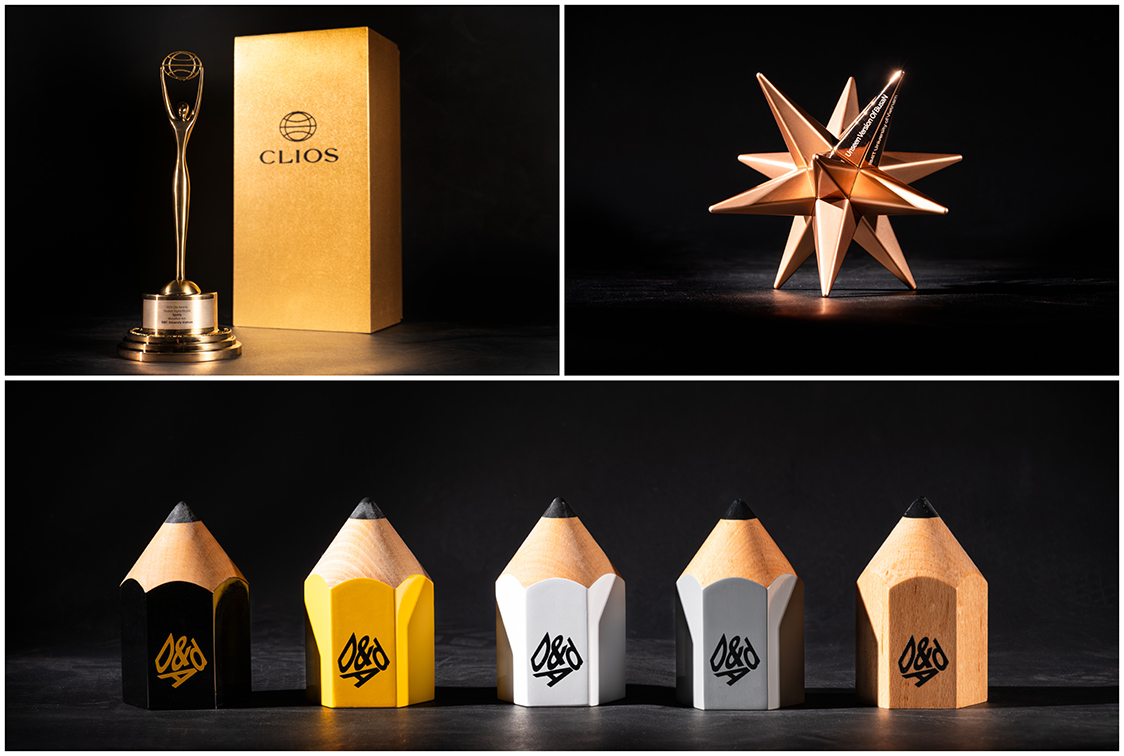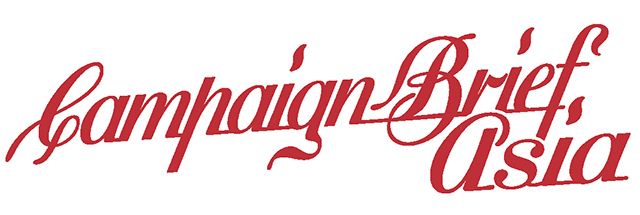Not London. Not New York. Vietnam: An unexpected new epicentre of creative education

Over the past few years, the School of Communication & Design at RMIT Vietnam has rapidly emerged as one of the most awarded creative teaching institutions in the Asia-Pacific region, gaining global recognition across advertising, media, and design. RMIT Vietnam students have won more than 45 major international awards. Campaign Brief Asia spoke with Dr Soumik Parida (pictured above), Associate Program Manager for the Professional Communication Program and Competitions Coordinator at RMIT University Vietnam’s School of Communication & Design.
In 2025, RMIT Vietnam was officially ranked among the top creative schools in the world in major international award shows, including the Young Ones, CLIO, Future Lions, and the World Brand Design Society, where it achieved an impressive global ranking of eighth for Best Design Education. This recognition reflects not only world-class student outcomes but also the strength of RMIT Vietnam’s curriculum and industry-driven teaching model.
RMIT Vietnam is now one of only a handful of schools globally to have earned the full spectrum of D&AD New Blood Pencils – from Black and White to Yellow, Graphite, Wood, Quickfire, and Portfolio – all within just four years. In total, the school has secured nine Pencils across this period. Students have also excelled across other major international platforms such as the Cannes Future Lions, the One Show’s Young Ones Competition, CLIO Awards, Singapore Crowbar Awards, World Brand Design Society, and Annecy International Animation Festival, earning recognition for creative excellence in everything from digital innovation to animation and brand design.
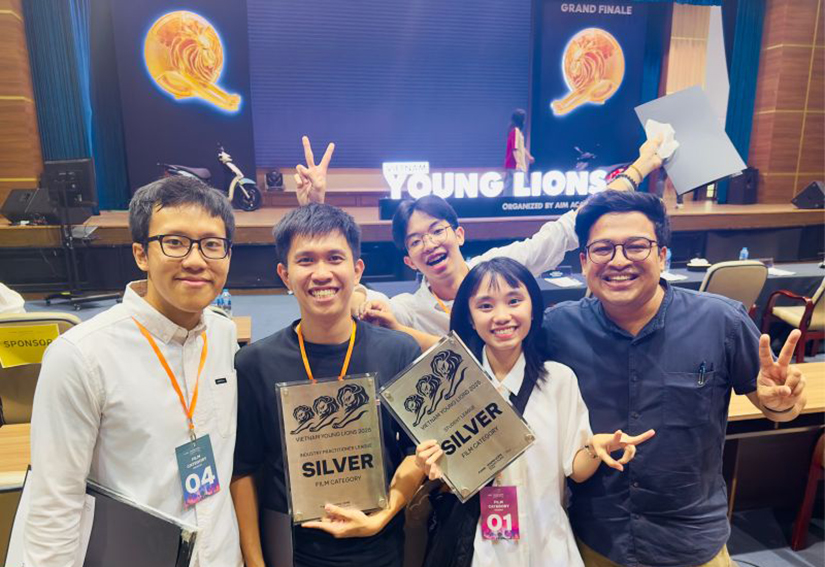
This success has translated into real-world impact. In the past three years alone, RMIT Vietnam students have won more than 45 major international awards, with over 30 of those achieved in 2025. Their work has not only been celebrated on global stages but has also led to professional opportunities with leading creative agencies and design studios such as Ogilvy, MullenLowe Mishra, Dentsu, Ki Saigon, and Happiness Saigon.
More than just winning trophies, the RMIT Vietnam School of Communication & Design has cultivated a sustainable culture of creativity driven by mentorship, collaboration, and industry engagement.
CB Asia: RMIT Vietnam has become a highly awarded university for student creativity. Why is this? What core elements of your teaching philosophy or curriculum do you attribute this success to?
Parida: When I joined RMIT Vietnam in 2019, our Professional Communication students were already shining in national contests like Vietnam Young Lions, yet few knew of international creative arenas such as D&AD New Blood, Young Ones, or Future Lions. I saw incredible potential waiting to be unlocked. With strong encouragement from my leadership team, I began introducing D&AD briefs directly into my courses—treating them not as hypothetical assignments but as real client challenges. Students learned how to decode briefs, uncover insights, and apply cultural understanding with global relevance.
Our first year was tough. In 2021, we entered D&AD New Blood and didn’t win. But that setback became the foundation for a system I still use today. I began methodically breaking down the structure of a creative brief, helping students learn how to decode objectives, identify tension points, and translate insights into ideas that connect emotionally. I also studied previous years’ D&AD-winning work across categories—analysing what differentiated a Wood Pencil from Graphite or Yellow, and what elevated ideas to a Black Pencil standard. I then translated those insights into a clear creative framework and shared it with both my students and teaching team.
Later that same year, that refined process bore fruit: our students made history by winning Vietnam’s first-ever D&AD Quickfire Award with IBM—a milestone that proved Vietnamese creativity could stand confidently on the global stage. Within a year, RMIT Vietnam students went on to win the country’s first D&AD Yellow Pencil, a Young Ones Merit, a Young Stars Bronze, and 1st Prize in Young Shits, establishing RMIT Vietnam as the nation’s most awarded university for creative excellence.
What truly made this success sustainable was collaboration. My acquittances from advertising industry and incredible colleagues—many of them former award-winning creatives—joined in mentoring students, sharing their experience in art direction, strategy, and storytelling. Together, we built an environment that mirrored an actual creative agency: students became team members, and we served as their creative directors, pushing them to industry-standard thinking and execution.
As student participation grew, we noticed the workload spilling beyond class hours. To better support both students and my wellbeing, I developed a dedicated 12-week course called Creative Competitions, where students are required to select actual live competition briefs from that year’s editions of D&AD New Blood, Young Ones, Future Lions, or other global contests, and develop their entries for real submission. They’re assessed on the same deliverables required by the competitions—strategy slides, case study videos, and campaign presentations. By Week 8, we invite guest judges—award winning creatives from industry and former winners—to critique and refine their ideas before submissions.
This model transformed what used to be an extracurricular effort into an integrated, equitable system of creative mentorship. Since its launch, students from the course have gone on to win D&AD Pencils and Future Lions shortlists. Today, our classrooms operate less like lecture halls and more like creative studios—where mentorship, collaboration, and ambition converge to prove that world-class creativity can emerge from Vietnam, and thrive here.
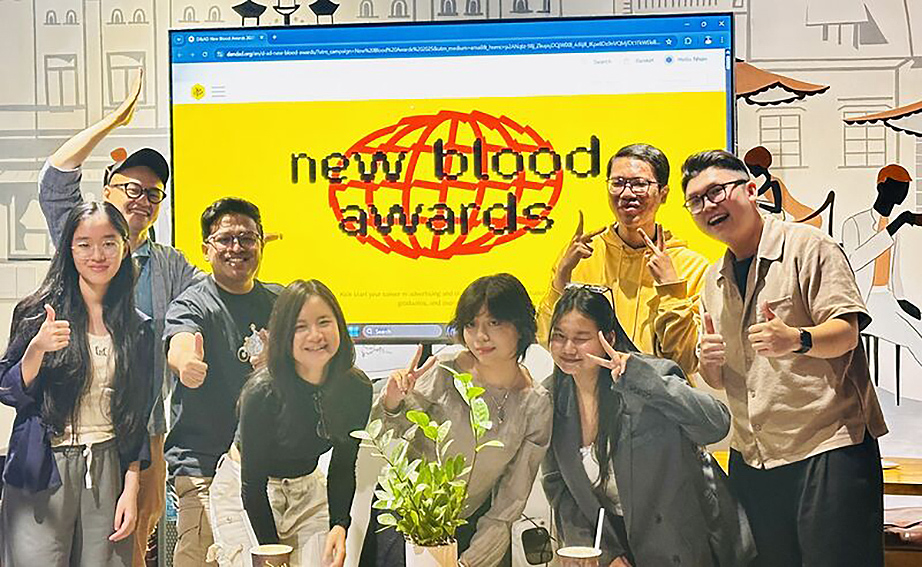
CB Asia: What do you believe sets Vietnamese students apart on the global creative stage, allowing them to consistently compete with peers from traditionally dominant markets like the US and UK?
Parida: What truly sets Vietnamese students apart is their resilience and openness to feedback. They don’t take rejection personally – they use it as fuel. Even when their ideas are turned down multiple times, they return with sharper thinking and renewed energy until the idea feels just right. That combination of determination and discipline makes them some of the most coachable and creatively persistent students I’ve ever worked with.
They also understand that the creative industry is built on rejection – ideas are challenged, refined, and often discarded along the way. But they’ve learned to thrive within those constraints. They know that perseverance is part of the process, and when an idea finally gets selected, there’s no greater high than that moment of validation.
Over time, they’ve also developed an exceptional ability to identify insights that resonate globally. Many of our award-winning campaigns are rooted in Vietnamese culture yet carry universal relevance. A great example is our Black, White, and Yellow D&AD New Blood-winning idea “O Letter with a Helmet” which stemmed from a simple but powerful local observation about safety and language. It was unmistakably Vietnamese but connected instantly with global juries.
What defines them is a rare balance – ambitious enough to aim for the world, humble enough to learn from it. They compete with confidence, collaborate with respect, and create with heart. That’s what makes Vietnamese students such a compelling force in global creativity.
CB Asia: Vietnam has historically been seen as an emerging market in advertising. What advice do you give to your students when they leave RMIT and how do they generally cope when they start their career in Vietnam agencies/studios?
Parida: Our curriculum at RMIT is built on authentic learning – students work on real projects, respond to live briefs, and engage directly with industry mentors. Every year, we hold industry advisory meetings with agency partners to understand what skills and mindsets they expect from new graduates. This constant dialogue ensures our students are not only employable but industry-ready from day one.
Since our students began winning global competitions, demand for them has risen sharply. Yet the transition into agencies isn’t always seamless. This new generation of creatives is very different – they’re hustlers, multi-skilled, and entrepreneurial, often having worked across diverse industries even before graduation. Some agencies still follow traditional hierarchies and outdated internship models, which don’t always align with how these students learn or work best.
Whenever agencies approach me for interns or graduates, I always stress one thing: place them under strong mentors and good teams. Today’s young creatives aren’t chasing money. They are looking for people who will help them grow.
We’re fortunate to have outstanding partners such as MullenLowe Misra, M-N Associates, Fridays, Dentsu, Happiness Saigon, Ogilvy, Ki Saigon, and Hakuhodo Vietnam, who provide that nurturing environment and help shape our students into confident professionals. We also have a few award-winning alumni starting their own successful agencies.
I always remind my students that it’s their responsibility to define and express a distinct Vietnamese creative identity. For too long, the industry has been led by expats; it’s time for local voices to take the lead. I’m incredibly proud that many of my students, despite receiving offers from Singapore and elsewhere, have chosen to stay in Vietnam to build that identity. That’s exactly why I came here – to see Vietnamese creativity claim its rightful place on the global stage.
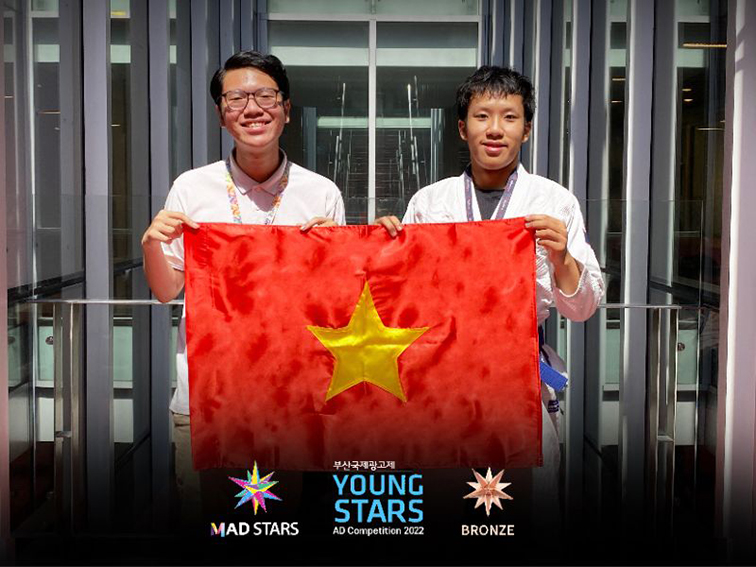
CB Asia: This success must make you proud?
Parida: What makes me most proud today is not just the success of RMIT Vietnam’s students, but the ripple effect it has created across the country. In the last couple of years, I’ve seen students from other Vietnamese universities enter and even win global creative competitions after watching our students’ achievements. That’s a powerful sign that the ecosystem is evolving – that creativity in Vietnam is no longer confined to one institution, but becoming a shared national movement.
I often receive messages from students and young professionals outside RMIT asking for feedback on their ideas or portfolios, and I never say no. Mentorship doesn’t stop at the campus gate – I believe it’s our collective responsibility to nurture the next generation of Vietnamese creatives. Some of my alumni still visit on weekends to brainstorm their campaign ideas, while agencies occasionally reach out for guidance on shaping their international case study submissions.
CB Asia: What’s your next priorities?
Parida: My next goal is to collaborate with creative agencies, particularly mid-level creatives, to help them better understand and nurture young talent. Many of our students have already proven that they can balance multiple assignments while winning on global stages. Imagine what they can achieve in the industry when guided by the right mentors and empowered environments.
Balancing all this with my role leading the Advertising stream within the Professional Communication Program at the School of Communication & Design keeps me very busy, but I wouldn’t have it any other way.
Watching these young creatives grow, win, and give back reminds me why I came to Vietnam in the first place: to help build a creative culture rooted in local insight, global confidence, and endless curiosity.
